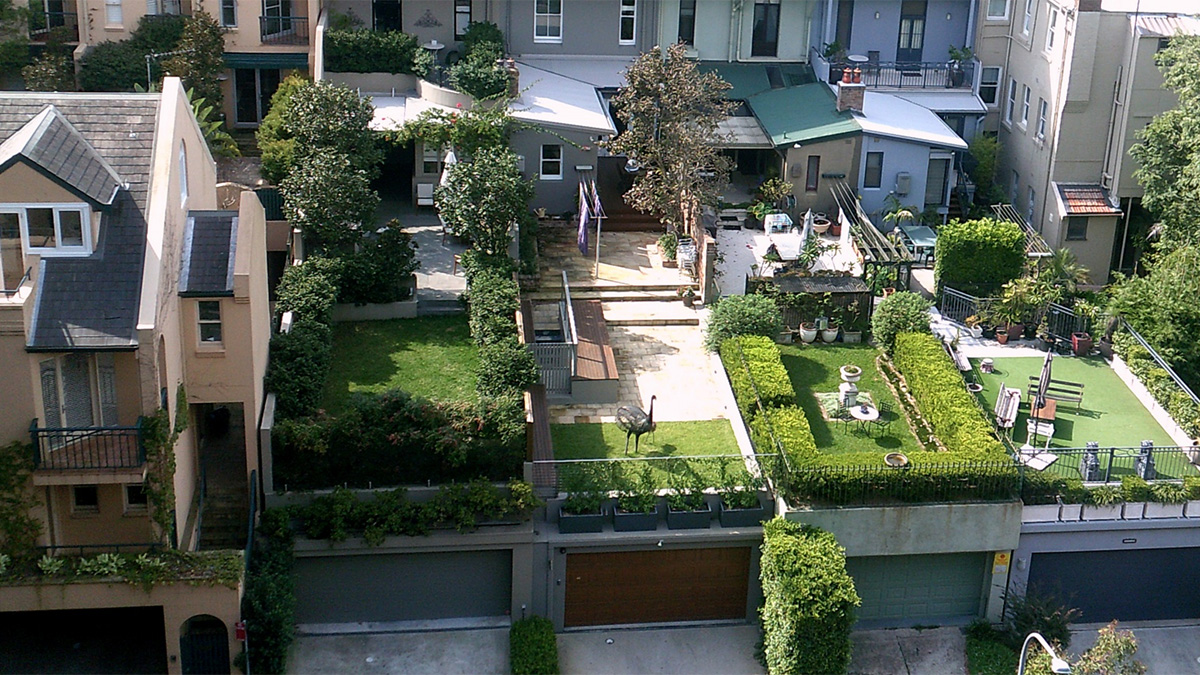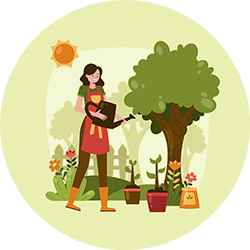Urban Gardening: Creative Ideas for Small Spaces

Urban gardening is a creative way to grow plants in small spaces, from balconies to rooftops. With the right techniques, you can enjoy fresh herbs, flowers, and even vegetables right at home. Whether you’re working with containers, vertical space, or shared gardens, there’s a solution for every city dweller looking to grow more greenery.
Embrace container gardening
Container gardening is one of the easiest ways to start growing plants in small urban spaces. Whether you have a balcony garden, a rooftop, or a sunny windowsill, containers allow you to grow herbs, vegetables, and flowers with flexibility. Choose pots with drainage holes and use quality potting mix to give your plants the best start.
Compact crops like lettuce, cherry tomatoes, peppers, and basil thrive in containers. For visual interest, mix ornamental flowers with edible plants. Group containers of different heights together to make the most of limited space.
Utilize vertical space
When horizontal space is tight, vertical gardening offers a smart solution. Wall planters, trellises, and hanging baskets let you grow upwards, creating a green wall effect even in narrow areas. This technique not only saves space but adds texture and dimension to your garden design.
Trailing herbs, climbing vegetables like peas or beans, and flowering vines are great choices for vertical growing. You can also repurpose items like pallets or shoe organizers to make budget-friendly vertical planters. Just be sure everything is secure and gets enough sunlight.
Create a rooftop garden
Rooftops are often underused spaces that can be transformed into vibrant gardens with the right setup. Before planting, check the structural integrity and load capacity of the roof. Choose lightweight containers and plants that tolerate full sun and wind exposure.
Succulents, ornamental grasses, and drought-tolerant herbs are well suited for rooftop conditions. Install raised beds or container groupings that are easy to move and maintain. If privacy is needed, add trellises or tall planters with screening plants.
Implement raised beds
Raised beds are an efficient way to garden in urban settings where soil quality may be poor. These beds improve drainage, warm up quickly in spring, and can be easier to maintain than traditional in-ground plots. They also help define space in shared yards or community areas.
Build raised beds using affordable materials like untreated wood, cinder blocks, or recycled bricks. Fill them with a mix of compost and soil to create a rich growing environment. Compact layouts still allow for productive planting with square-foot gardening techniques.
Related: Raised Beds vs. In-Ground: Which is Better for Growing Vegetables?
Incorporate edible landscaping
Blending edible and ornamental plants adds beauty and utility to any garden. Edible landscaping, sometimes called foodscaping, allows you to grow vegetables and herbs among flowers and shrubs. This approach maximizes space and adds variety in both texture and color.
Choose attractive edibles like purple basil, rainbow chard, and nasturtiums, which offer both color and culinary value. Border paths with thyme or strawberries, or tuck kale into flower beds. Designing with edibles creates a garden that is as productive as it is eye-catching.
Explore community gardening
Community gardens are a great option if your living space lacks adequate room for planting. These shared spaces offer access to larger growing areas and the opportunity to connect with neighbors. Many communities offer plots for a small fee or provide tools and water on-site.
Joining a community garden encourages learning through shared experience. It can also be a stepping stone to starting your own group project in underused urban spaces. Look for existing gardens through local councils or urban agriculture programs.
Maximize indoor gardening opportunities
Indoor gardening can be surprisingly productive with the right setup. Windowsills, shelves, or countertop planters can support herbs, microgreens, and leafy greens year-round. If natural light is limited, supplement with grow lights to ensure steady growth.
Hydroponic systems are another efficient way to grow indoors, especially in small apartment gardens. These setups use water and nutrients instead of soil, reducing mess and maintenance. Choose easy-to-grow crops like basil, lettuce, or mint for indoor success.
Implement smart gardening technologies
Technology can make urban gardening more manageable and efficient. Self-watering containers reduce guesswork and prevent overwatering. Timed irrigation systems ensure consistent moisture, which is especially useful if you’re away during hot spells.
Smart sensors and garden apps help monitor light, temperature, and moisture levels. These tools are ideal for busy gardeners or those new to plant care. Even basic tech upgrades can greatly increase the chances of a healthy, productive garden.
Design for aesthetics and functionality
An urban garden should be both attractive and practical. Use plants with different heights, colors, and textures to create visual depth. Group plants with similar care needs together so they thrive and are easier to maintain.
Add decorative elements like planters, stones, or lanterns to enhance the garden’s appearance. Organize the layout to allow easy access for watering and harvesting. A well-designed space becomes an enjoyable part of your home, not just a functional one.
Maintain and adapt your urban garden
Ongoing maintenance is key to long-term success. Regularly check for pests, prune dead growth, and adjust watering schedules based on seasonal changes. Mulching and composting can help improve soil quality and retain moisture.
Urban gardens benefit from frequent evaluation. If a plant is not thriving, try moving it to a new location or replacing it with a better fit. Flexibility and observation are essential skills for every urban gardener.
Conclusion
Creating an urban garden is all about making the most of what space you have. With a bit of planning and creativity, you can build a garden that is both productive and beautiful. Start small, stay flexible, and enjoy watching your space come to life with color, texture, and fresh homegrown plants.
